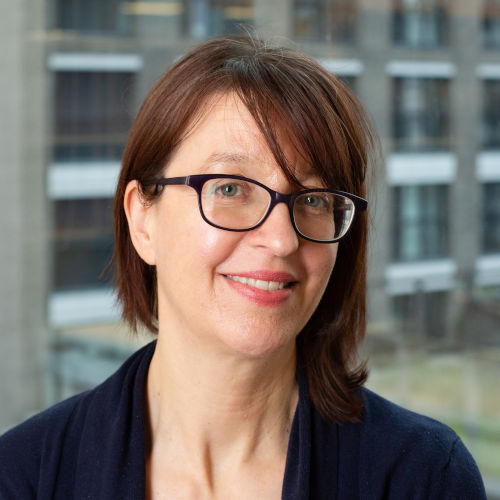Day 5 - Artificial Intelligence (AI): ChatBSW
1 - Introduction
Meet Zainab and Callum, our hosts for the day. They will introduce you to today's topic of Artificial Intelligence (AI) with our team of experts from BT and Proto:
2 - Deep Fakes with Rob & Mo
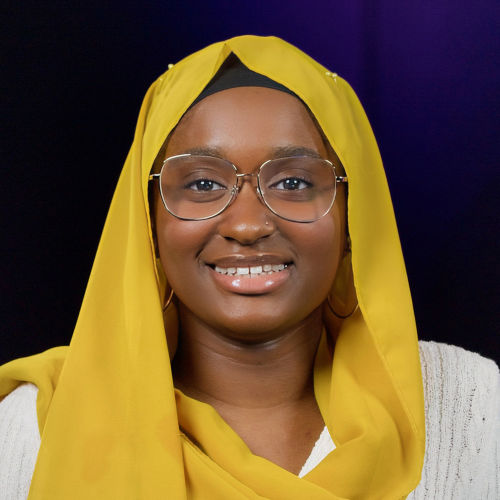
Key qualifications: MSc Bioinformatics.
What does your job involve? I am in the Big Data, Insight & Analytics team and have worked on a variety of projects, namely fairness and bias in machine learning and aiding the IP migration team. Currently, I am working on audio deepfake detection.
How did you get into your current role? I joined through the BT Graduate scheme after finishing at University.
What did you want to be when you were younger? Probably something peculiar like becoming an astronaut.
What do you do outside work? I am an avid gamer and recently I have picked up running.
Key qualifications: MEng, MIET.
What does your job involve? I lead the AI Futures team, a part of our AI research lab. Our work spans Large Language Models and Natural Language Processing; AI Safety and Governance and Technology Facilitated Abuse; and tackling AI Deepfakes and Nuisance and Scam calls.
How did you get into your current role? I'm an engineer at heart and studied electronic systems engineering at the University of York where I was sponsored by BT. I've worked in a variety of research and development roles but came into machine learning and AI through so-called 'big data' technologies.
What did you want to be when you were younger? I always wanted to follow in my Dad's footsteps and become an engineer. He worked in power engineering but from a young age I was fascinated by electronics and the emerging world of personal computers. So my career path was set from early on!
What do you do outside work? When I get the time I scuba dive, mostly in the cold waters around the coast of Norfolk. I also enjoy road cycling and even some artistic roller skating (although I'm not very good)!
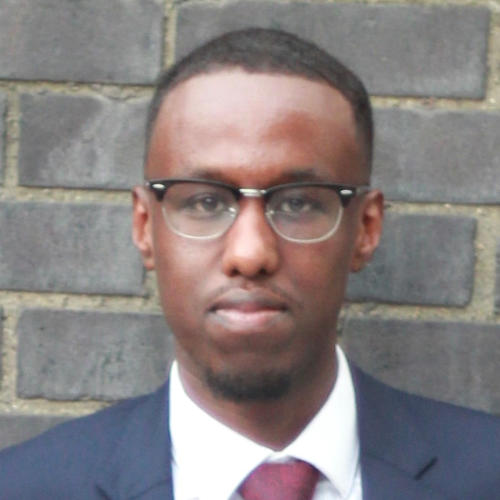
What's the best application of AI you've seen being used in everyday life?
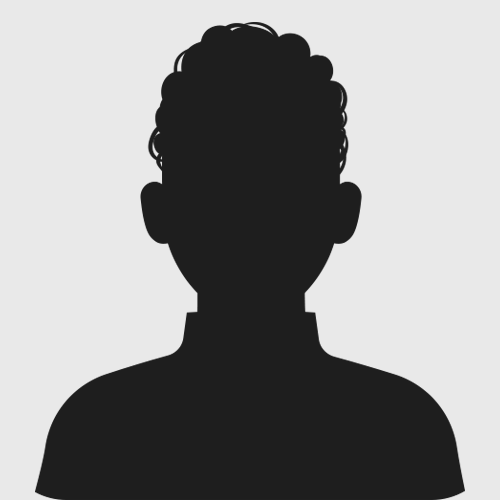

Language translation is one that I really like. For years people tried to build systems based on linguistic rules, but it took statistical learning in the form of AI to reach the performance we enjoy today.

The best application of AI I've seen used in everyday life is facial recognition in mobile phones. It has made the process of unlocking our phones more efficient while maintaining security. It's also impressive that the technology behind facial recognition has been seamlessly integrated and made small enough to fit within our phones.
3 - Have a go activities
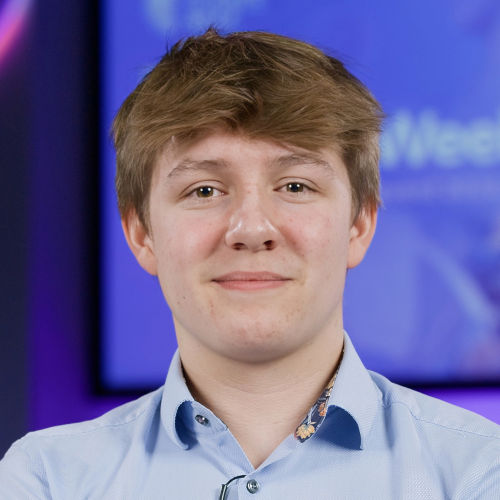
4 - Career profiles

Key qualifications: PhD, MSc, PGCE.
What does your job involve? Together with my team I think about how BT will develop software 5-10 years from now. This includes playing around with new AI tools, working with teams and bringing new ways of working into BT to help create better software.
How did you get into your current role? I did an MSc and PhD in computer science, and after that I worked for universities across Europe as a post-doctoral student and a lecturer. When one of my former students came back to talk about her research work at BT, it sounded so appealing I decided to switch to BT and help build the software research unit.
What did you want to be when you were younger? I was always fascinated by electronics and computers, so it was always going to be something in that area. It is amazing that machines can be as versatile as computers, and there is always an interesting challenge to be found. I inherited an inquisitive mindset from my grandfather who could literally build anything he put his mind to. I am now able to apply that mindset every day.
What do you do outside work? In my spare time I enjoy playing badminton, computer games and hanging out with my daughter who is the most amazing and funniest person you will ever meet.
Key qualifications: BEng Computer Science, MSc Intelligent Systems, PhD Artificial Intelligence, Chartered Engineer.
What does your job involve? I lead a team of talented people to develop and deploy data science and AI in response to needs for insight across the business, for example, to personalise products and services to customers. I love making connections between opportunities in different areas.
How did you get into your current role? I started as an AI research scientist in the private sector before spending several years in the public sector supporting innovation across many areas including not just AI but manufacturing, advanced materials, biosciences and emerging technologies. I moved to BT to apply my learning to the use of AI in the context of a household name.
What did you want to be when you were younger? An accountant because I loved maths and, for a while, that seemed the obvious choice. Later on a teacher mentioned I should consider university, and as I wanted to know how computers worked, I chose Computer Science and ended up specialising in AI.
What do you do outside work? Aside from family time, I volunteer as a school governor and I love growing fruit and vegetables on my allotment.
Key qualifications: MSci Physics, DPhil Physics.
What does your job involve? New technologies change the ways we live. Many of these changes have a positive impact on society but it is also important to think through the risks. I currently research the risks of the consumer IoT such as smart home security, internet connected cars and smart locks. Sometimes one person in a family can misuse technology to control or harass the other members and it is important that companies designing new products make their technology as safe as possible.
How did you get into your current role? I worked in AI and machine learning for a while but experienced domestic abuse myself and wanted to work on making technology safer in these situations.
What did you want to be when you were younger? A meteorologist! My DPhil (another name for PhD) was in atmospheric physics.
What do you do outside work? I enjoy playing violin in some local orchestras. Working at BT has also enabled me to start training as a psychotherapist through the support of the company.
5 - Proto

Key qualifications: Digital communications, live broadcasting, and hologram projection expert with over 25 years of experience.
What does your job involve? Set the vision and direction for Proto, make high-level strategic decisions, secure funding, establish partnerships, and represent the company to investors, customers and the public.
How did you get into your current role? After successfully running a hologram entertainment company known for digitally resurrecting late legends to posthumously perform; I turned my focus towards connecting the living by founding a live holoportation company called Proto Inc. with the principle that anyone should be able to beam anywhere, anytime. Over the years we've evolved beyond just beaming to be the world's most effective spatial computing platform without requiring a wearable.
What did you want to be when you were younger? I wanted to be a talk or sports radio announcer. Broadcasting has been a lifelong passion for me.
What do you do outside work? I love to watch science fiction movies, listen to the Howard Stern Show, and go on fun adventures with my beautiful wife Charla and 3 amazing kids Lucy, Frances, and Theo.
What does your job involve? This role involves leading the design and development of innovative products, with a special focus on incorporating artificial intelligence technologies. Responsibilities include setting strategic direction, aligning product features with business objectives, and guiding cross-functional teams to create competitive, AI-driven solutions for the market.
How did you get into your current role? A succesful exit from an entertainment technology company I co-founded led to an introduction to the Proto founders.
What did you want to be when you were younger? A creative technologist.
What do you do outside work? I like to fly gliders, and solve complex problems with technology.
6 - Related STEM learning content
If you enjoyed this content, why don't you take a look at some of these other great resources around this topic below:
Supported by:
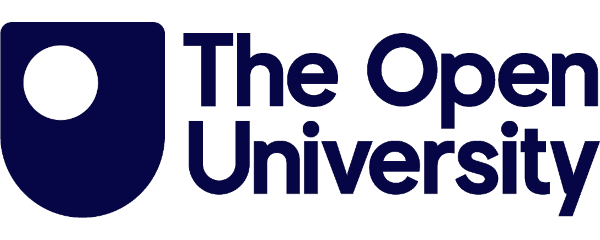
Supported by:

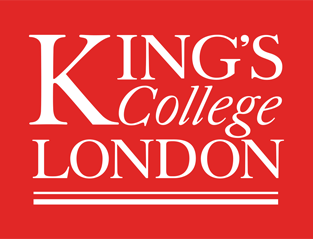
Supported by:

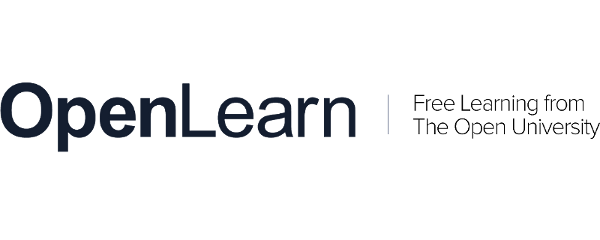
Supported by:


Supported by:


Supported by:


Supported by:

Supported by:

Supported by:

7 - Feedback
Please rate today's AI content and submit your feedback here, although do not enter any personal information (such as your name or address). You won't receive a reply, but your feedback will be sent to our Education Team who are responsible for putting this all together. We really appreciate your input into making future versions of this event bigger, better, and more relevant to what you want to see.
|
We'd love to see pictures of you all getting involved with our BSW content. Email these to us at computerscience@bt.com telling us what school you're from. Or post it on social media and mention @adastralpark with the hashtag #BSW24. |


